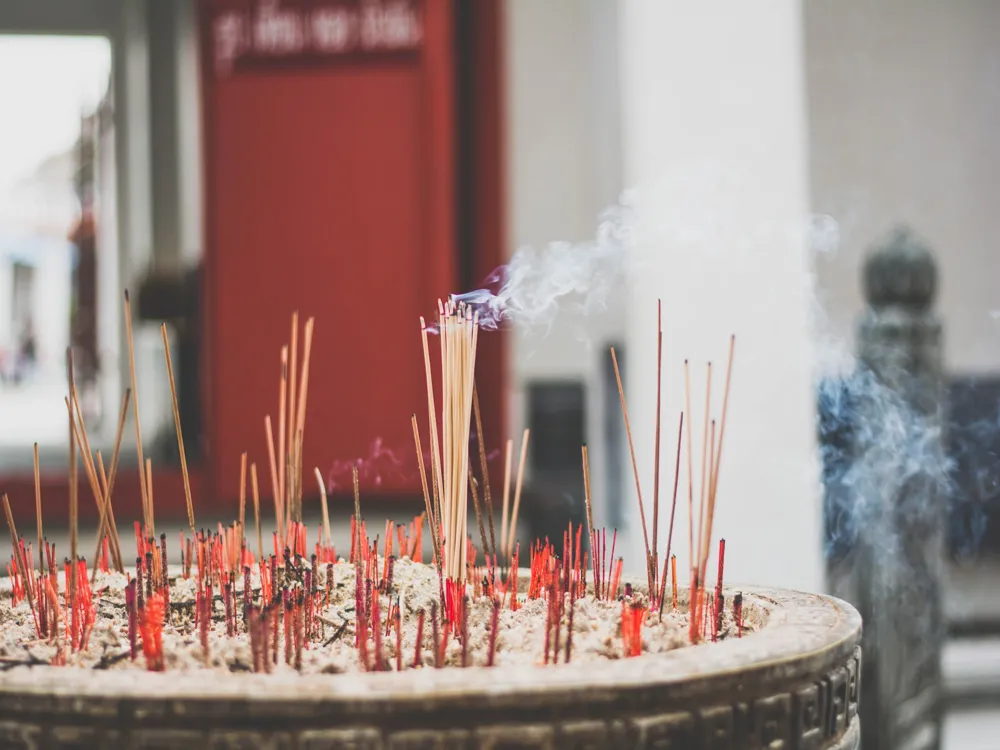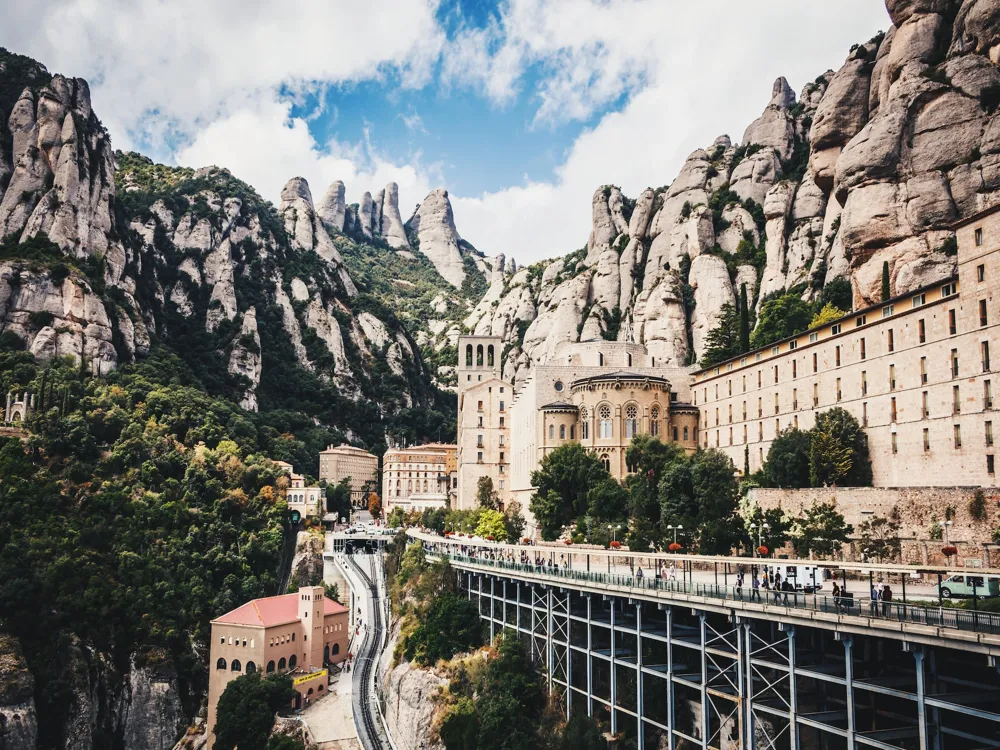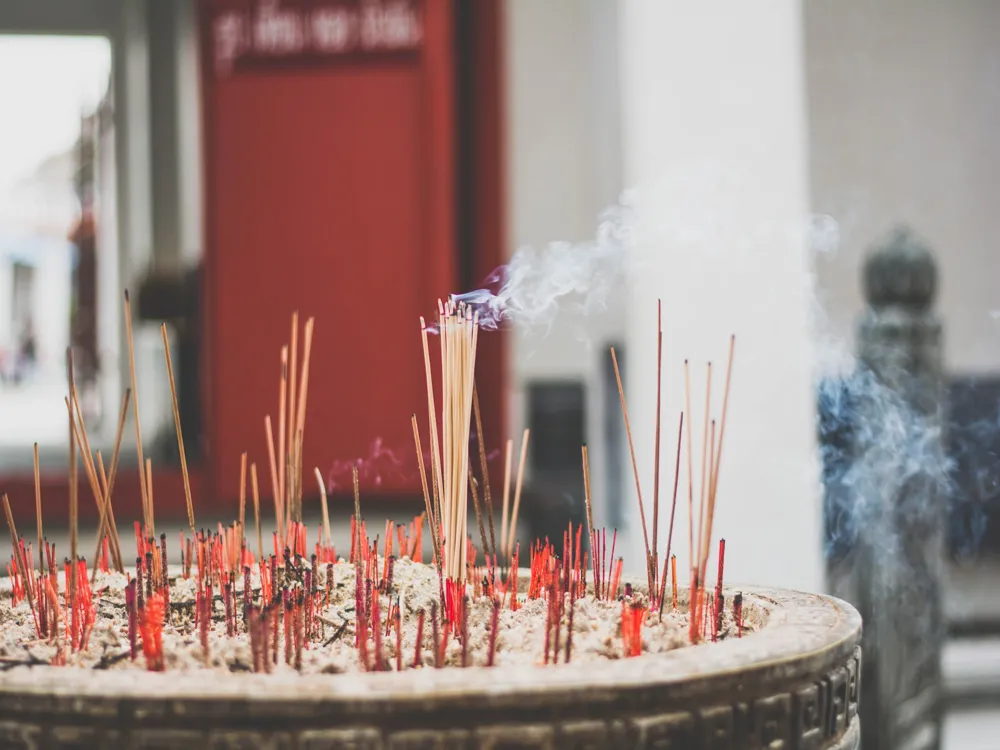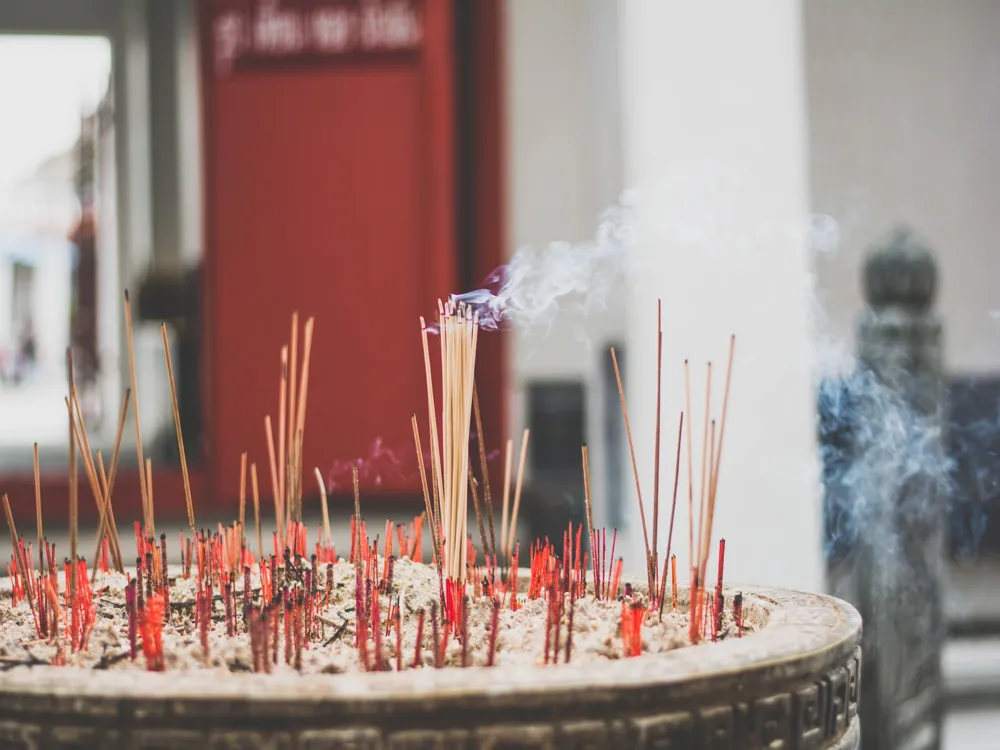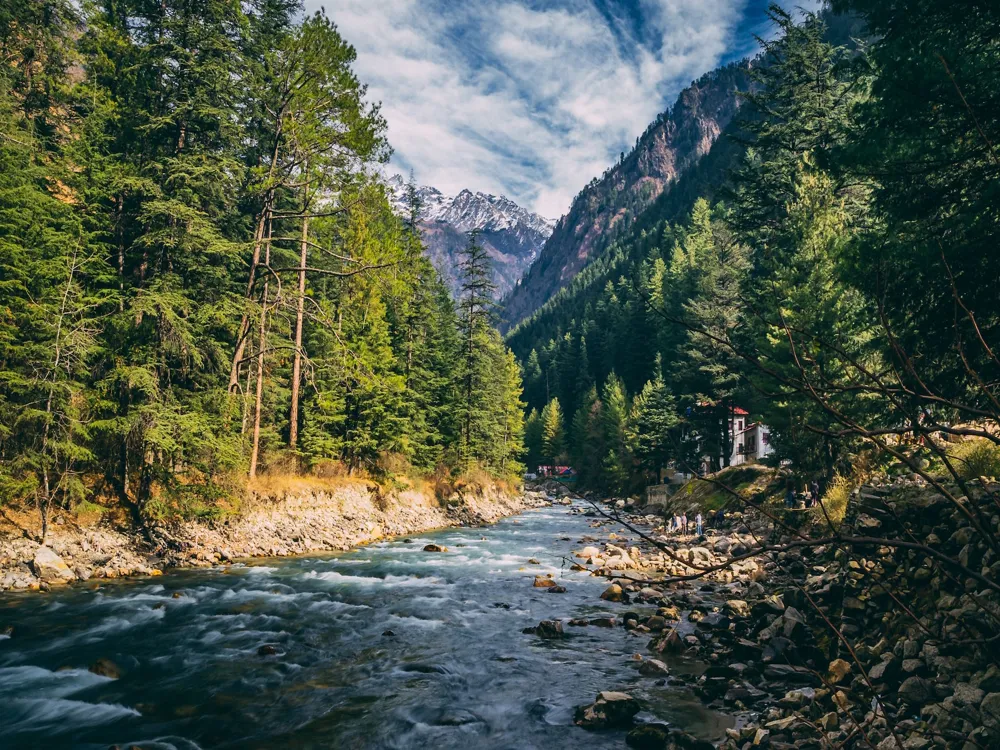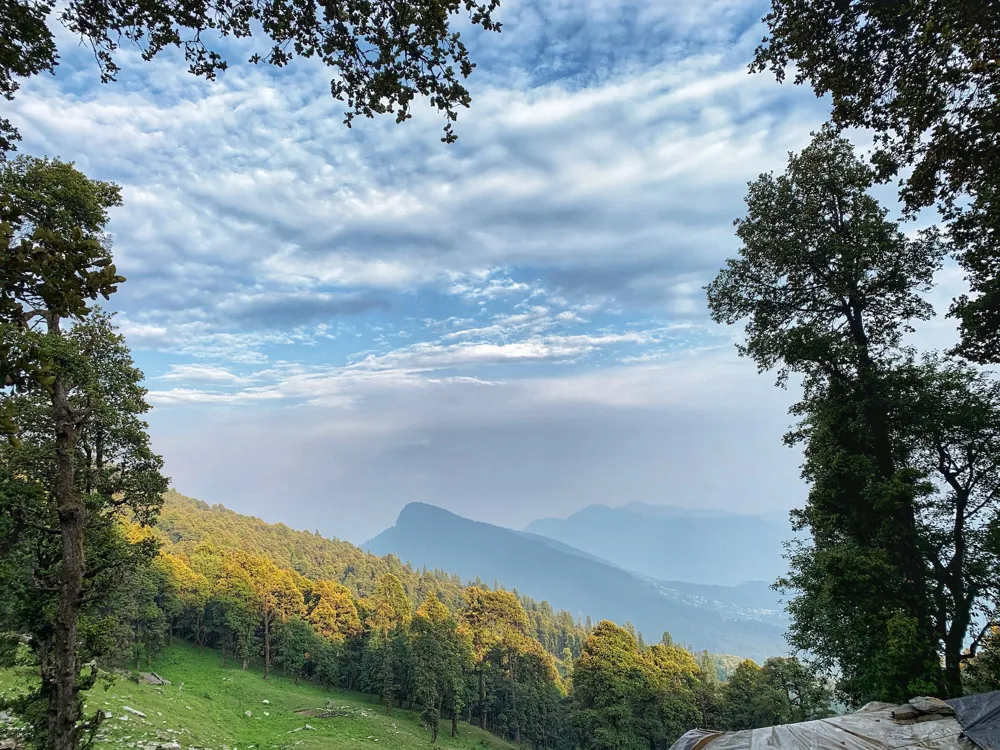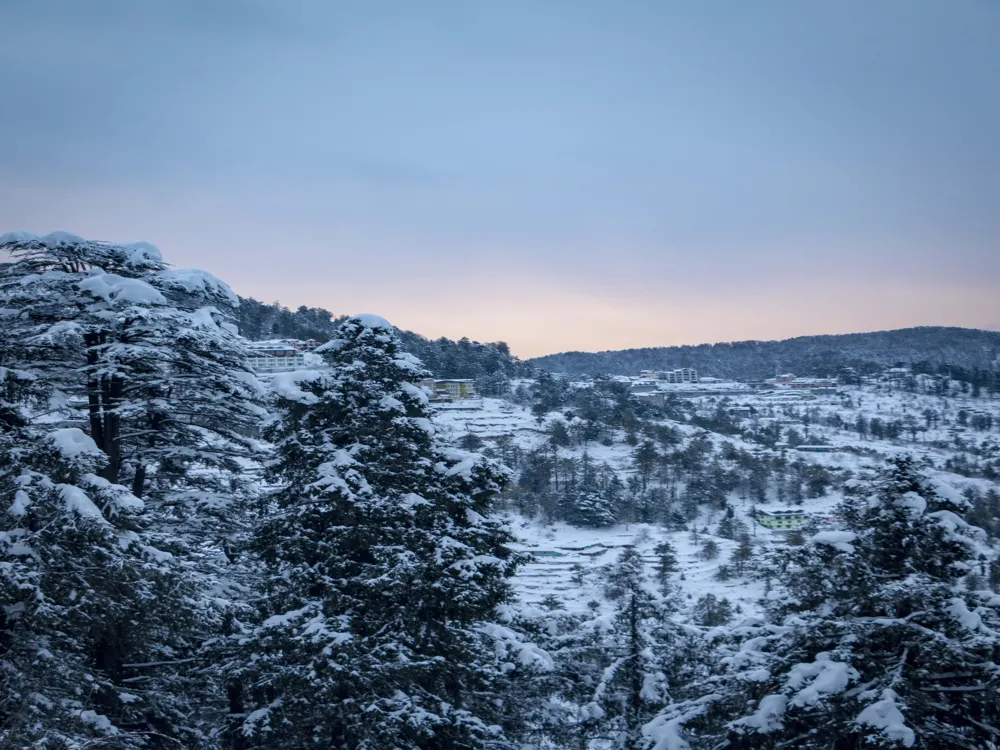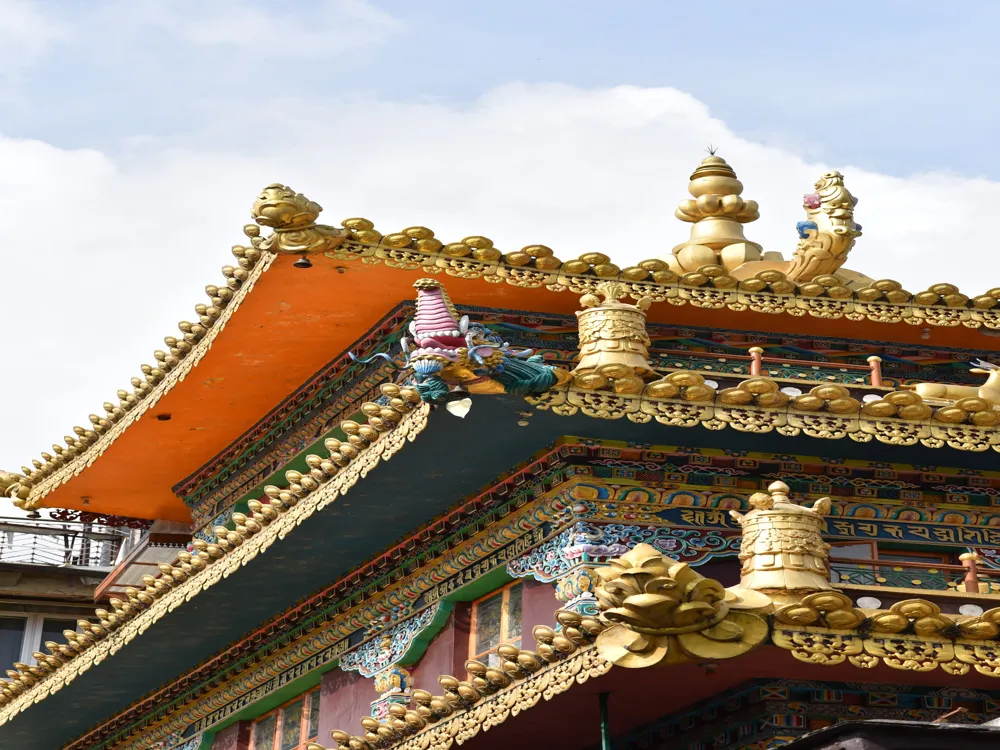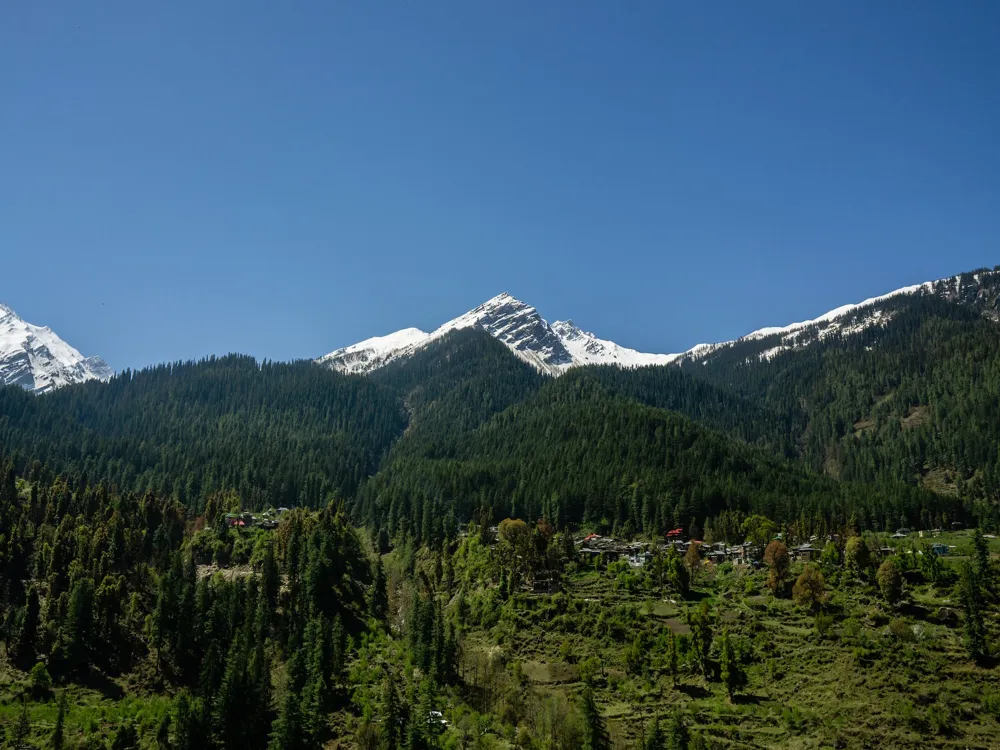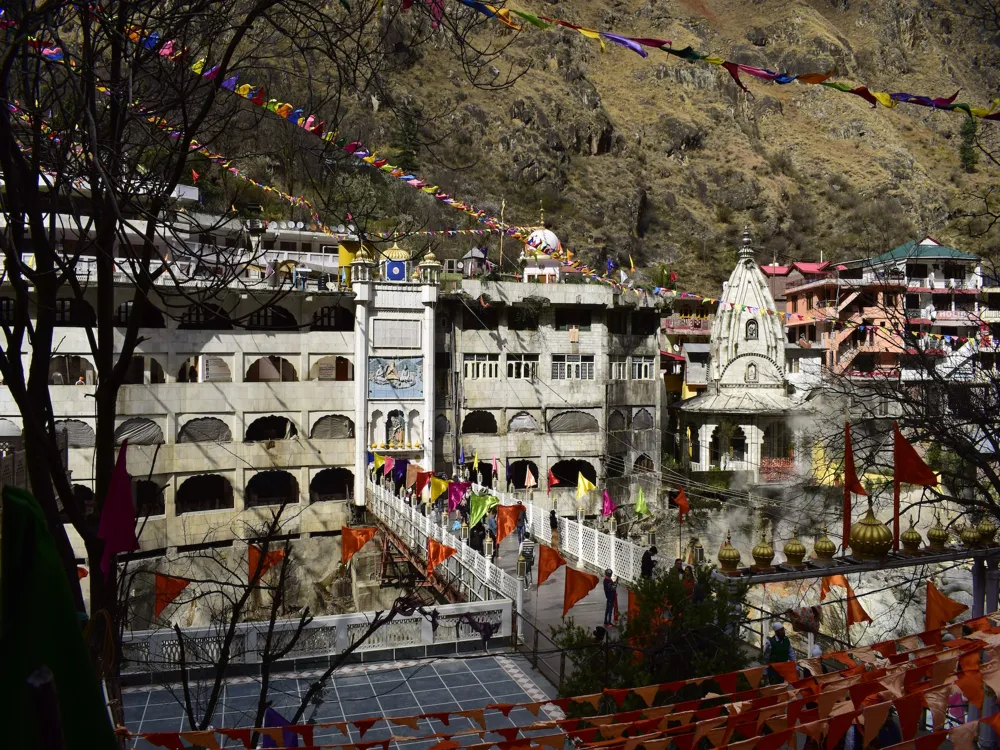Nestled in the serene landscapes of Naggar in Himachal Pradesh, the Chamunda Bhagati Temple stands as a testament to the spiritual and cultural richness of India. This ancient temple, dedicated to Goddess Chamunda, is not just a place of worship but a beacon of history and tradition. Revered by devotees from across the nation, the temple's origins trace back to centuries ago, making it a significant historical and religious site. The deity, Goddess Chamunda, is an incarnation of Goddess Durga, symbolizing the fierce form of Shakti. She is worshipped as a protector, who battles evil and demonic forces, ensuring peace and prosperity. The temple's significance is further heightened during the Navratri festival, attracting thousands of pilgrims seeking blessings. Beyond its religious significance, the Chamunda Bhagati Temple is a hub for historians and art lovers. The temple's location in Naggar, once the capital of the Kullu kingdom, adds to its historical importance. Surrounded by lush green forests and set against the backdrop of the majestic Himalayas, the temple not only offers spiritual solace but also mesmerizing natural beauty. The temple’s architecture is a marvel in itself. Reflecting the typical Himachali style, it features intricate wood carvings, a hallmark of local craftsmanship. Its unique design and construction methods speak volumes about the architectural brilliance of the era. The temple complex also houses smaller shrines and a sacred pond, adding to its mystical charm. Engaging with the local community provides insights into the temple’s history and legends. Stories passed down generations add a mystical layer to the temple's ambiance. Moreover, the temple serves as a center for local festivals and rituals, playing a crucial role in the community's cultural life. The architectural splendor of the Chamunda Bhagati Temple is a fine example of ancient Indian craftsmanship blended with religious significance. The temple, primarily made of wood and stone, stands as a testament to the architectural prowess of the Himachali artisans. The intricate wood carvings and detailed stonework are not just decorative elements but also narrate stories of gods and goddesses, reflecting the rich cultural heritage of the region. The temple’s structure follows a pagoda-style design, common in mountainous regions like Himachal Pradesh. This style is characterized by tiered roofs, each layer smaller than the one below, creating a pyramid-like shape. This design is not only aesthetically pleasing but also serves a practical purpose, allowing the temple to withstand the harsh mountainous weather, including heavy snowfall. The interior of the temple is as mesmerizing as its exterior. The sanctum sanctorum, where the deity resides, is adorned with silver and gold, creating an aura of divine presence. The walls and ceilings are covered with traditional Himachali paintings and motifs, each telling a unique story of the local culture and mythology. The use of local materials like wood and stone in the temple’s construction showcases the sustainable practices of ancient times. These materials not only provided durability but also blended seamlessly with the natural surroundings, creating a harmonious balance between man-made structures and nature. Surrounding the main temple are several smaller shrines and a sacred pond, known as the Sarovar. These structures are integral to the temple complex, each having its own significance and adding to the overall spiritual ambiance. The Sarovar, in particular, is believed to have healing properties and plays a crucial role in certain rituals and festivals. The architectural brilliance of the Chamunda Bhagati Temple goes beyond its physical structure. It represents a deep connection between spirituality, nature, and community. The temple is not just a place of worship but a symbol of the harmonious coexistence of different elements of life. Visitors should dress modestly and follow any specific traditions or practices, such as removing shoes before entering the temple. The ideal time to visit is during the cooler months from September to June. Navratri festival, celebrated in spring and autumn, is a particularly festive time to visit. Consider hiring a local guide for a more insightful experience. They can provide historical and cultural context to the temple and its surroundings. Photography may be restricted in certain areas of the temple. Always ask for permission before taking photos. Check for available facilities like restrooms, food stalls, and parking spaces. Some amenities might be limited. The temple may require walking uphill or climbing steps. Visitors should be physically prepared for this. Mobile connectivity can be erratic in the region. Plan accordingly and inform someone about your travel plans. The Chamunda Bhagati Temple in Naggar is accessible through various modes of transportation. The nearest airport is in Bhuntar, approximately 32 kilometers away. Regular flights connect Bhuntar with major cities like Delhi and Chandigarh. From the airport, taxis and buses are available to reach Naggar. For those preferring to travel by train, the nearest railway station is in Joginder Nagar, about 125 kilometers from Naggar. From the station, one can hire a taxi or take a bus to the temple. Road connectivity to Naggar is quite efficient. State-run and private buses regularly ply from nearby cities like Kullu, Manali, and Shimla. For those driving, the roads are well-maintained, offering a scenic journey through the mountains. Read More:Overview of Chamunda Bhagati Temple, Naggar, Himachal Pradesh
Architecture of Chamunda Bhagati Temple
Tips When Visiting Chamunda Bhagati Temple
Respect Local Customs and Traditions
Best Time to Visit
Local Guides and Tours
Photography Restrictions
Facilities and Amenities
Physical Preparedness
Staying Connected
How To Reach Chamunda Bhagati Temple
Chamunda Bhagati temple
Naggar
Himachal Pradesh
₹ 5,000 onwards
View naggar Packages
Naggar Travel Packages
View All Packages For Naggar
Top Hotel Collections for Naggar

Private Pool

Luxury Hotels

5-Star Hotels

Pet Friendly
Top Hotels Near Naggar
Other Top Ranking Places In Naggar
View All Places To Visit In naggar
View naggar Packages
Naggar Travel Packages
View All Packages For Naggar
Top Hotel Collections for Naggar

Private Pool

Luxury Hotels

5-Star Hotels

Pet Friendly







